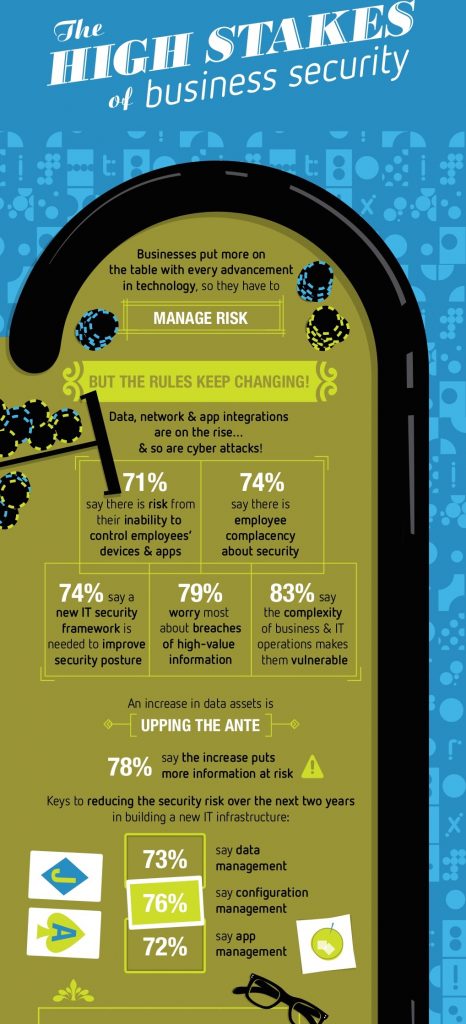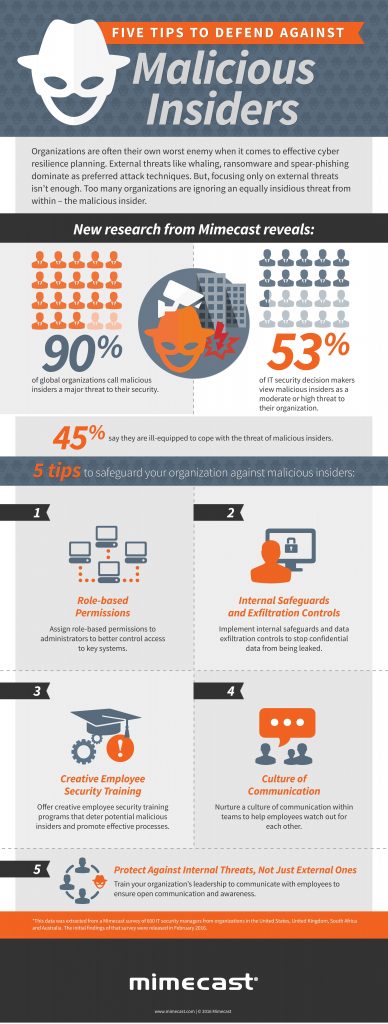According to a recent survey on IT security infrastructure, 83% of businesses around the world believe they are most at risk because of organizational complexity.
“Employees are not following corporate security requirements because they are too difficult to be productive, plus policies hinder their ability to work in their preferred manner,” noted the Ponemon Institute’s “The Need for a New IT Security Architecture: Global Study,” sponsored by Citrix. “It is no surprise that shadow IT is on the rise because employees want easier ways to get their work done.”
Shadow IT, the information technology systems built and used by an organization without explicit approval, has largely cropped up because employees feel official tools are too complex or otherwise difficult and inefficient. As a result, company data is being put on personal devices and official business is conducted on platforms that enterprise security teams can not monitor or secure.
Nearly three-quarters of respondents said their business needs a new IT security infrastructure to reduce risk.
With increasing amounts of sensitive data stored, new technology like the internet of things adopted, and new cyberrisk threats constantly emerging, addressing individual security challenges may be impossible, Citrix Chief Security Officer Stan Black told eWEEK. Rather, companies should focus on larger issues like controlling complexity, developing and maintaining strong incident response plans, and rigorously vetting vendors with access to systems or responsibility for storing data.
Check out more of the report’s findings in the infographic below:


